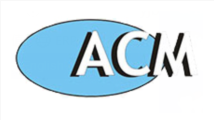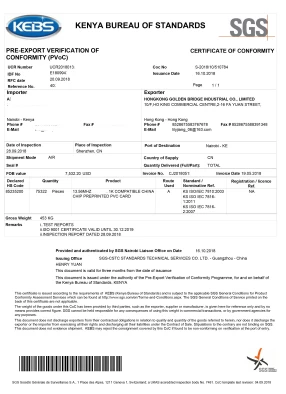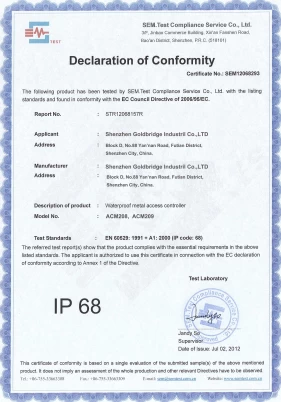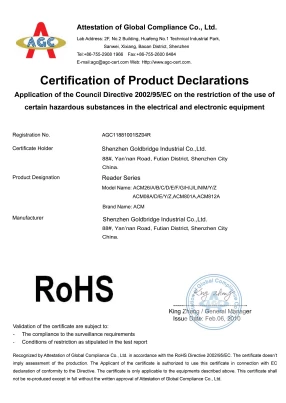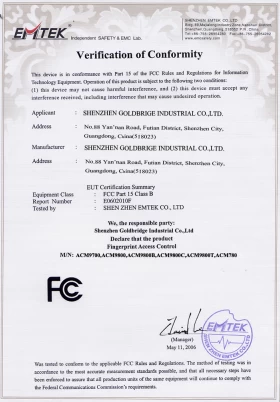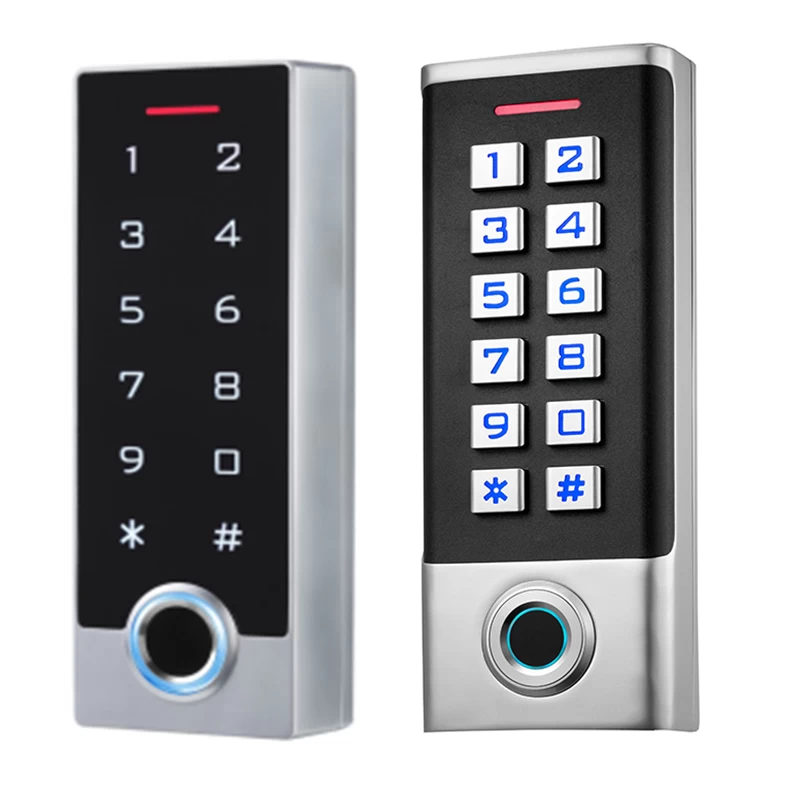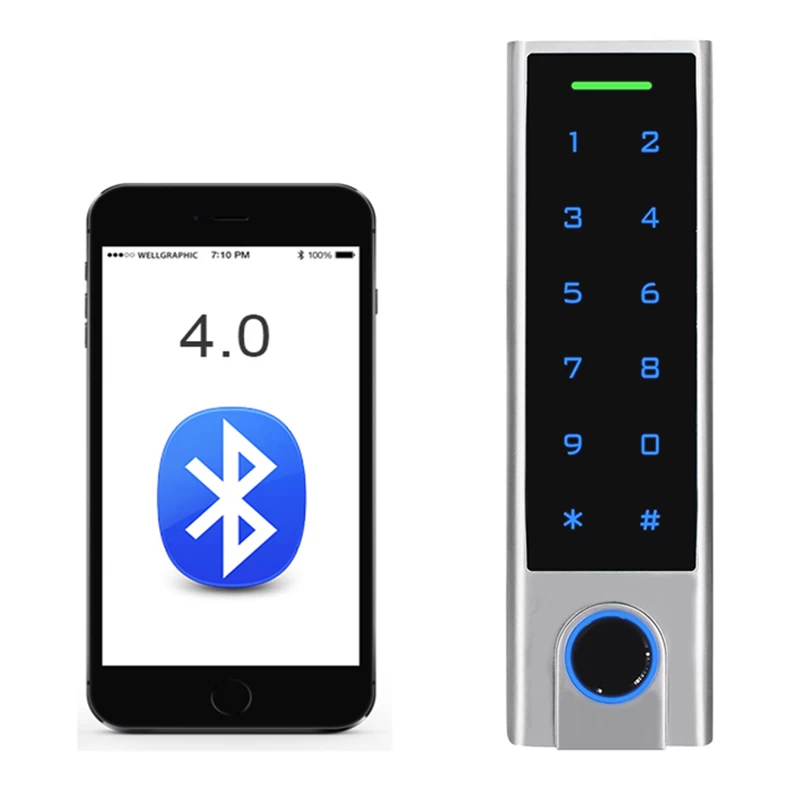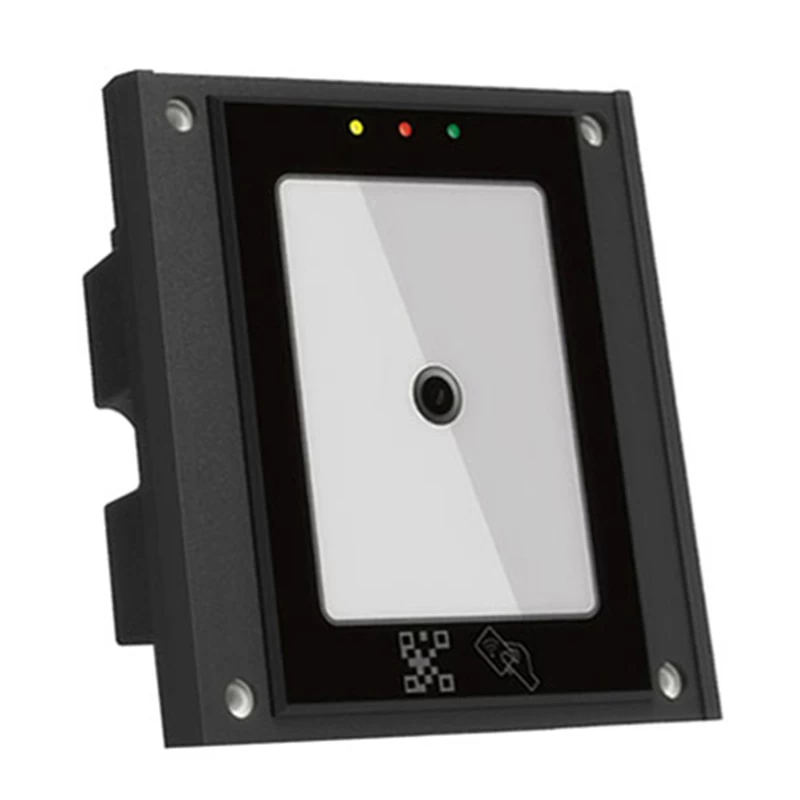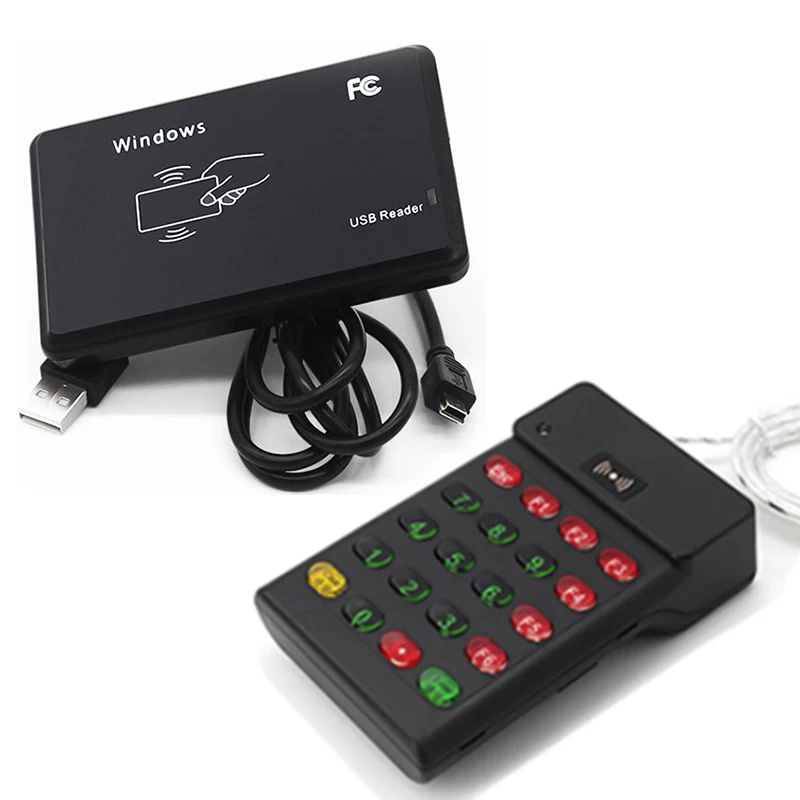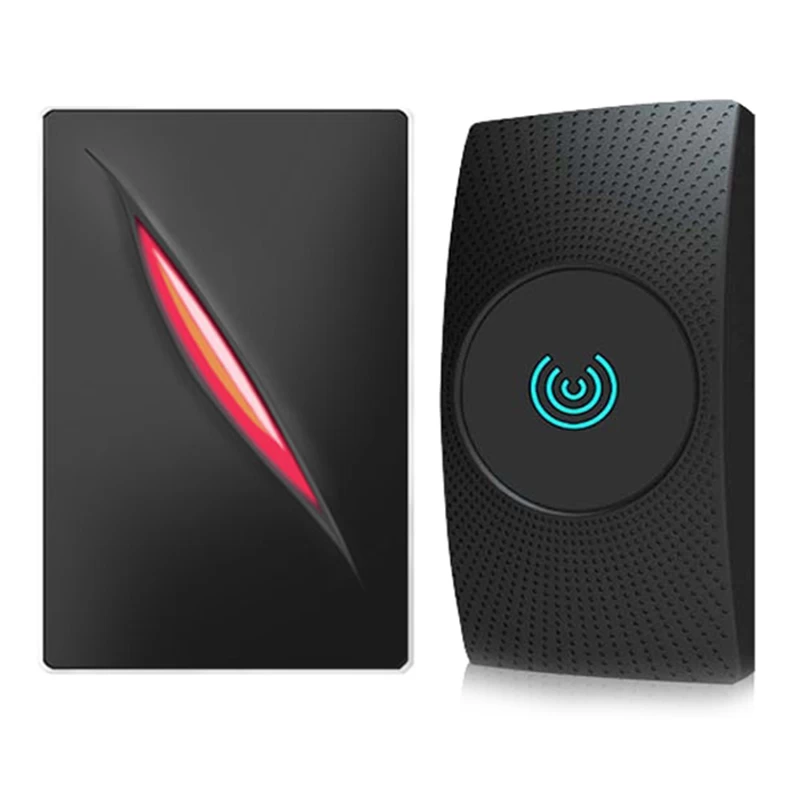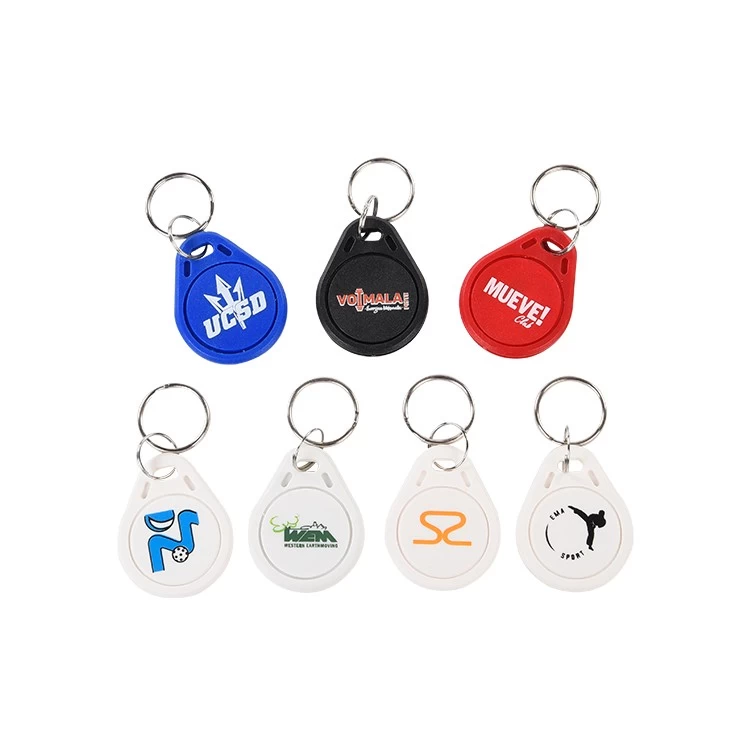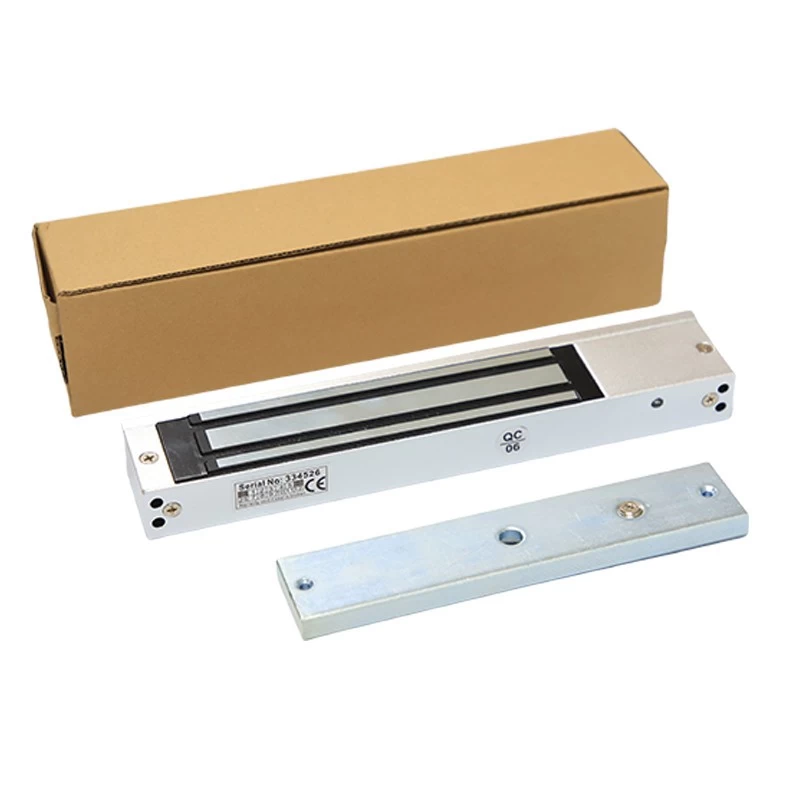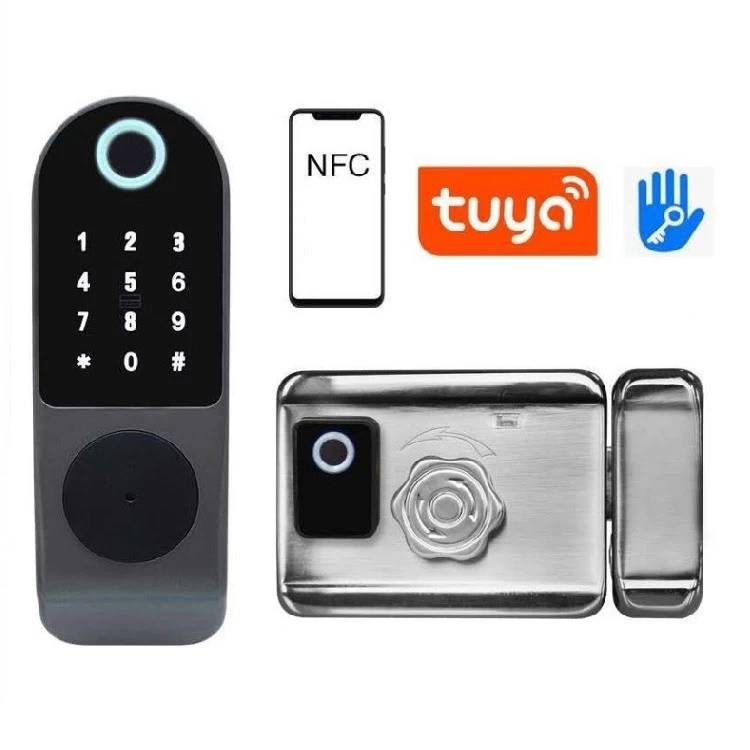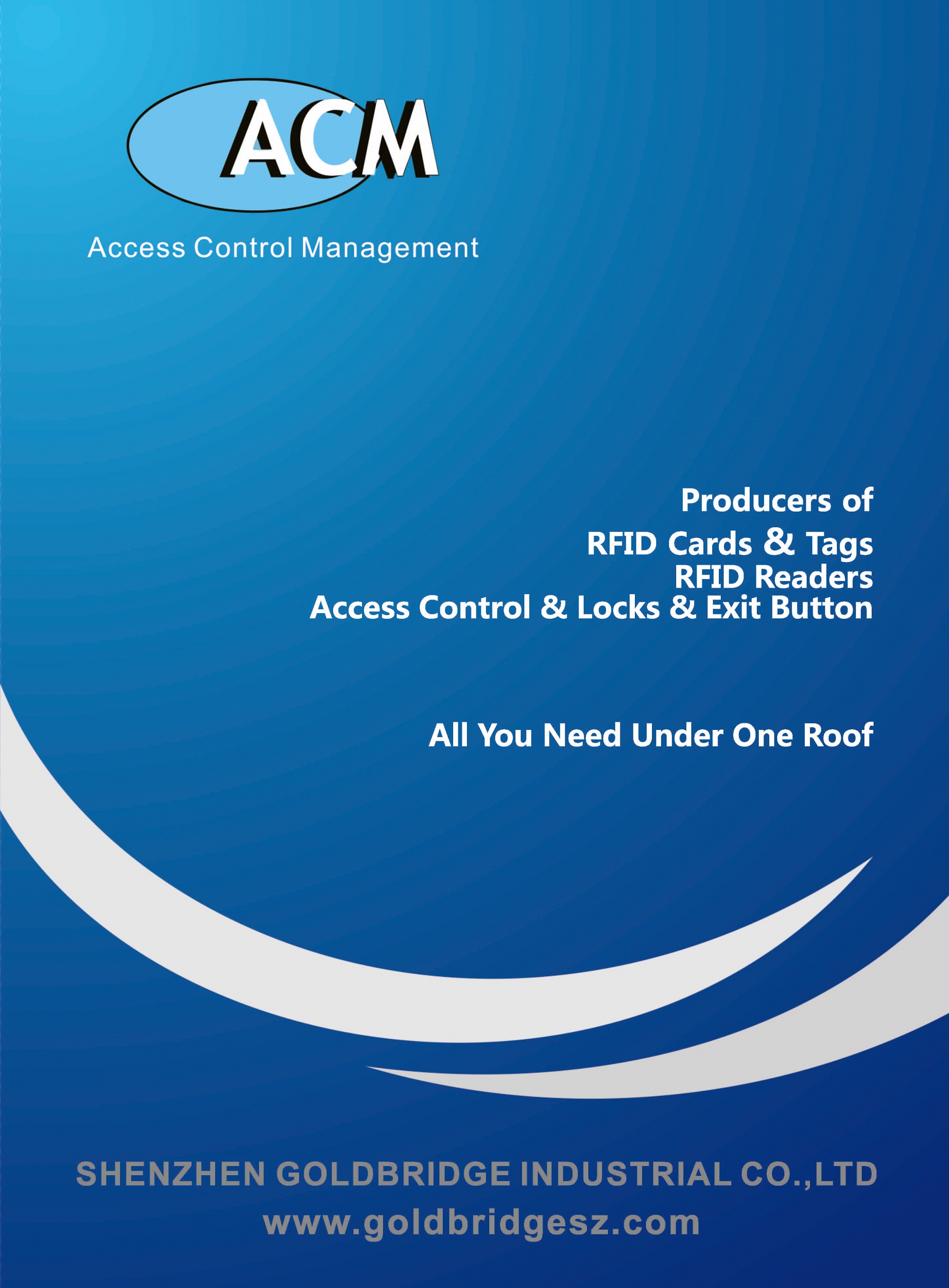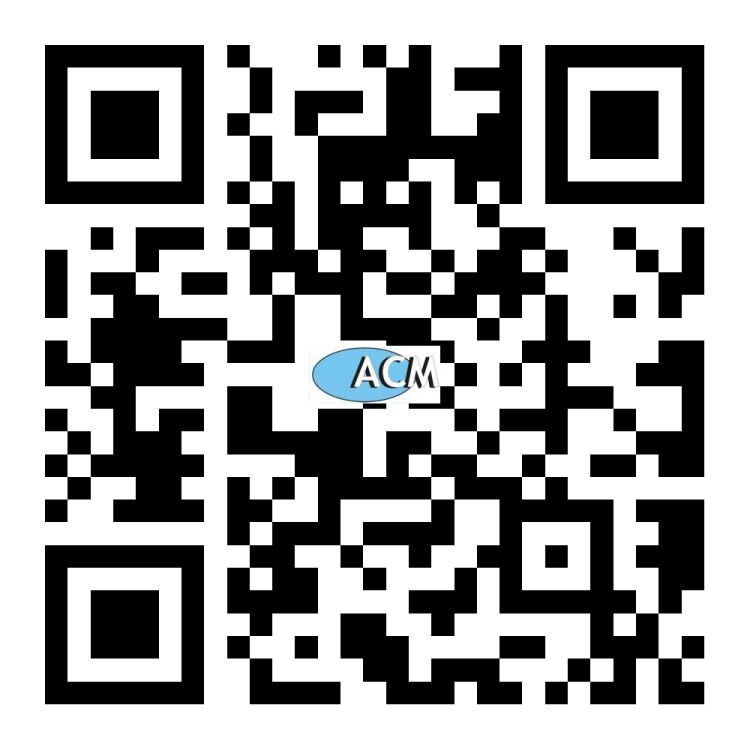RFID transponder provides mode switching function for traffic lane applications
In this case, Star Systems International (SSI) has released a series of new products, including windshields and headlight transponders, allowing drivers to declare their high occupancy charge (HOT) lanes or fast lanes. Occupation mode.
SSI reports that in order to better meet the needs of automatic vehicle identification (AVI), the company’s Genesis multi-mode 6C transponder is designed with higher read sensitivity and larger user memory than its predecessor, as well as self-error detection. Function to prevent memory or data damage. It has a spring-loaded switching mechanism, so users can switch lane occupancy modes according to the number of passengers in the car.

Such a switching mode is activated by sending one of the multiple transmission status modes available in the 6C Toll Operator Committee (6CTOC) standard, such as the ISO18000-6C UHF RFID standard for charging. Therefore, drivers can declare the number of occupants in HOT lanes, HOV (shared or multi-occupant) lanes, and fast lane applications, and decide whether to charge or not based on these numbers.
According to SSI CEO Robert Karr, SSI was established in 2013 to provide vehicle identification technology, including transponders, readers, and consulting services on toll collection, vehicle registration, fleet management, parking and secure access control. Since the establishment of the company, the status of toll and traffic control has been changing.
Therefore, SSI has released a variety of products to respond to this change, all of which have been certified by the OmniAir Alliance. The alliance provides certification for traffic toll technology, with the goal of accelerating the commercial interoperability of connected vehicles across the United States. New SSI products include:
Tarvos UHF RFID multi-protocol integrated reader
Agena-LP license plate transponder
Agena headlight sticker transponder
Zenith windshield/headlight sticker transponder
Astro windshield/headlight sticker transponder
Atlantis windshield/headlight sticker transponder
Carl said that with the active response to changing road conditions, urban areas are increasingly expanding beyond HOV lanes to manage traffic and collect tolls. This means that the price and the right to use lane management may vary depending on the traffic situation and the date and time. Fast lanes in the United States, South America, India, Vietnam, Thailand, and other parts of Asia are replacing HOV lanes, all of which are in different stages of adopting automatic toll technology.
For example, the Colorado Department of Transportation (CODOT) has adopted a system through which users can purchase switchable HOV transponders. When there are more than two passengers in the car, the transponder can be switched to the red HOV mode, allowing them to use the fast lane for free; if there are less than three people in the car, they can switch the transponder to the green toll mode, and then no need Tolls can be paid automatically when you park your car.
CODOT reports that since the deployment of the lane management system, fast lanes have always provided more stable traffic speeds, and peak driving times have been shorter. It is reported that traffic flow during peak hours is now about 10 miles per hour faster than before the implementation of the system, and holiday travel time has been reduced by 52%.
SSI's switchable RFID charging system can transmit data in three different modes, and the company has applied for a patent for this technology. Carl said, "The challenge we face is to isolate different transmission modes without a battery. We have done a very good job with Genesis and its predecessor, Gemini tags", using multiple chips in the tag.
The Genesis switch takes the form of a spring-loaded dial selector. When the mode is changed, the dial will automatically switch to the next position, so that people can more easily switch from one mode to another. Carl said, "We think this is a safer and simpler way for people."
The hardcover version of the Genesis model is smaller than previous such transponders and provides a more sensitive reading performance of -22.5 dBm, so when the vehicle is driving at high speed, the reader installed above or next to the road will capture the tag ID.
Genesis devices include a large user memory and self-error detection mechanism. Carl said that error detection and correction are especially important for toll and AVI applications. Generally speaking, RFID transmissions are susceptible to occasional bit flips, which can destroy data related to the RFID tag ID. Although this situation does not happen very often, once it happens, money will be lost every time. "With our new chip, the system can either correct errors during transmission or flag it so that the system knows that an error has occurred."
SSI is currently selling Genesis and other products that have received OmniAir Consortium certification this year.
For example, one of the certified products, the Tarvos reader, is a multi-protocol device that can read up to seven protocols at the same time, including 6C and two other frequencies mainly used in the United States: Kapsch time division for the East Coast E-ZPass system Multiplexing (TDM) protocol, and TransCore's SuperEgo tag used in the Midwest. Both use different proprietary versions of 915 MHz semi-active or passive transponders. Tarvos is equipped with an antenna and reader integrated in a single device, as well as external ports for additional antennas.
The second SSI certified product Zenith transponder is a 6C tag, used for windshields and headlights, and can provide sensitive reading performance and error correction functions. It comes with a permanently locked 96-bit TID and password-protected user memory. The system also includes SSI's non-removable, non-transferable (NRNT) tampering or tamper-proof destruction removal (BOR) function, which can be used for charging, vehicle ID and access control.
In the future, Carl expects that lane management will continue to take advantage of the increasingly flexible features provided by RFID technology. "We are seeing more and more areas using fast lanes. Traffic management is also moving away from standard HOV lanes and shifting to charging drivers based on time and conditions. We think this is a major event in the future. Improve urban traffic and the surrounding major highways.” At this time, transponders are used to distinguish emergency vehicles from government officials.
SSI's readers can query labels in all current agreements used by different toll agencies across the United States. This is part of Map 21, an interoperability legislation designed to make roads safer. This legislation, led by the US Federal Motor Transportation Safety Administration, also includes efforts to popularize the toll system in the United States so that interstate drivers do not need to use different accounts for different technologies and different geographic regions of toll agencies.
In the end, Carl said, the traffic authorities are "really working hard to improve road operations, improve traffic conditions, and reduce traffic congestion."
